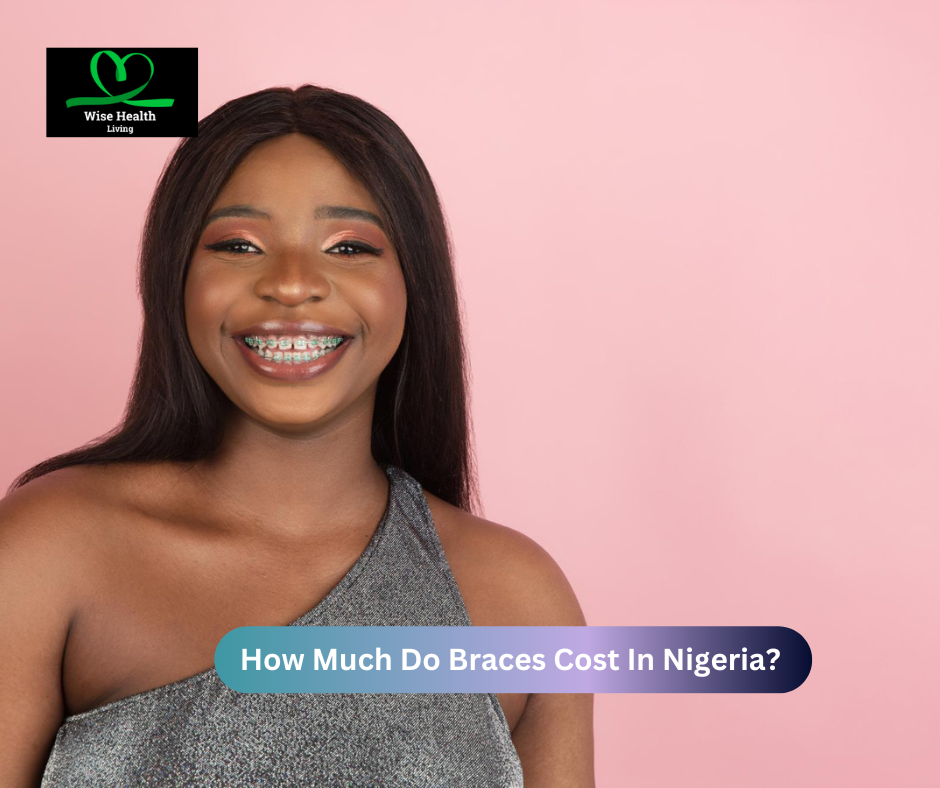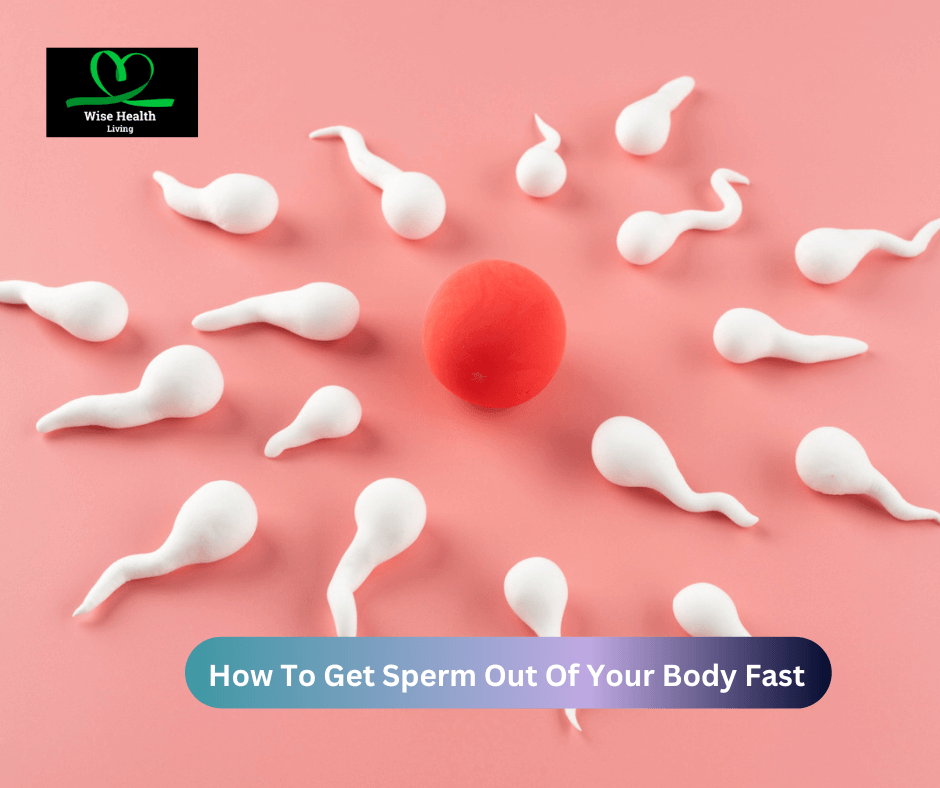Many Nigerians are worried about how much braces cost in Nigeria and they have a good reason and a background story to back that worry up. Looking good is a top priority for everyone. We want the perfect shape, the right posture, wonderful clothes and shoes; the best accessories and the most beautiful jewellery.
Looking good also involves having the perfect set of teeth, all straight, well-aligned and white as heaven’s light. This is where braces, also known as dental braces come to play,
Many people have crooked or uneven teeth and this poses a big problem to the way they look or their self-esteem. Many with this problem have had to shy away from public life because they are too self-conscious of the way their teeth look.
Many people mostly think braces are meant only for kids; with many thinking that it is so because they still have milk teeth that can be “panel-beaten” into shape. But these days the myth has been busted as adults are now using braces to rearrange their dentition.
Before we dive deep into how much braces cost in Nigeria, let us first find out what braces are and why they are so sorely needed.
What are braces?
Braces are devices that are used in dentistry to align and straighten teeth. The procedure is also used to position the teeth in a way that will aid the person’s bite and improve dental health, The art of doing this is called orthodontics. And it also involves diagnosing, prevention, management, and correction of mal-positioned teeth and jaws, and misaligned bite patterns.
Braces are also called orthodontic cases and Underbites, malocclusions, overbites, open bites, gaps, deep bites, cross bites, crooked teeth, and numerous other dental and jaw abnormalities are among the faults that they are frequently used to address. It is worth noting that braces can be fixed for either structural or aesthetic purposes.
To shape the teeth and jaws and to help broaden the palate or jaws, dental braces are sometimes used in combination with other orthodontic tools.
Read Also – Can Okra Boost Ovulation?
Types of braces
There are about six standard types of braces and they are made up of a variety of materials -some of which will come as a shock to one. They include:
1. Traditional wired braces
Most people who use braces use this type and these stainless-steel braces are occasionally combined with titanium. The most typical kind of braces is traditional metal ones. The elastic (rubber band) ties securing the wire to the metal brackets on these braces are attached to metal brackets. Self-ligating braces that do not require elastic ties are the second most popular kind of braces. The cable instead passes through the bracket. Compared to traditional braces, this form of braces frequently requires fewer modifications, has a shorter treatment period, and causes less tooth discomfort.
2. Customized orthodontic treatment
High-tech components used in this system include a robot that can bend the wire to a specific shape, 3-D imaging, and treatment planning software. This type of customised system provides quicker healing times and more effective outcomes.
3. Gold-plated stainless steel
Gold braces may also be chosen because some individuals just like the appearance of gold over conventional silver braces. These braces are frequently used for patients who are allergic to nickel, a fundamental and significant component of stainless steel.
4. Titanium braces
While lighter and equally sturdy, these braces are similar to stainless-steel braces. Although titanium braces are more expensive than stainless steel braces, they are frequently chosen by those who are allergic to nickel in steel.
5. Lingual
High-tech components used in this system include a robot to precisely bend the wire, 3-D imaging, and treatment planning software. This type of customised system provides quicker healing times and more effective outcomes.
6. Progressive, clear removable aligners
To progressively shift teeth into their ultimate locations, these aligners may be employed. For complicated orthodontic situations, such as those requiring extractions, jaw surgery, or palate extension, aligners are often not utilised.
How much do braces cost in Nigeria?
Getting braces is not a walk in the park, especially in Nigeria as it costs quite an amount of money from the perspective of the average Nigerian. An average Nigerin brace fixing costs around N250,000 to N350,000.
Some dental specialists reveal that depending on the type and preference of the user, braves might cost up to N3 million! It is believed that most of the cost comes due to the diagnosis of the irregularity of the person to use the braces.
Metal braces are believed to cost between N500,000 and N1.5 million in total, even though many say they are the cheapest of the lot. Depending on the dental facility and how long the patient would wear it, they cost between N800,000 and N2,000,000.
Depending on the hospital or dental facility, the location, and, in most cases, the degree of application difficulties, lingual braces can cost anywhere from N1.2 million to N2 million. At most hospitals, invisible braces and related care cost between N600,000 and N1.3 million.
Exciting Read – What is the Food That Kills Sperm in The Female Body?
How are braces fitted into teeth?
Braces provide pressure and force to the teeth, which causes the teeth to shift as a result. Brackets, bonding substance, arch wire, and ligature elastic (sometimes known as an “O-ring”) are the standard four components utilised. When the archwire presses on the brackets and teeth, the teeth shift. Rubber bands or springs can occasionally be utilised to apply greater force in one direction than another.
Constant pressure from braces gradually shifts teeth into the correct positions. The procedure causes the tooth to become looser, and new bone then develops to support the tooth in its new location. It’s known as bone remodelling. As a result, bones become stronger in response to prolonged load-bearing exercise and weaker while not doing so.
Direct resorption, which begins with the lining cells of the alveolar bone, and indirect or retrograde resorption, which happens when the periodontal ligament has been subjected to an excessive amount and duration of compressive stress, are the two different types of bone resorption that are possible.
Bone deposition is a significant element that affects tooth mobility. In the distracted periodontal ligament, bone is deposited. Without bone resorption, the tooth will become loose and develop voids in the opposite direction of the tooth’s movement.
Complications and risks of using braces
A host of complications can arise in the use of braces. Plaques have been found to be formed in the mouths of people who use braces. Patients have also suffered pain from the inflammation of the gum. Some have even been able to identify gum recession as a result of braces.
Sores have also been known to form on the insides of the lips, gums and cheeks due to having so much metal or plastic close to your tissues.
How do you care for dental braces?
If you do have braces, here are a few pointers on how to take care of your braces. Brush regularly. AT least twice a day to remove particles from the brace. Choose fluoride toothpaste and a soft-bristled brush.
Floss regularly and use mouthwash. Since a toothbrush cannot reach all the crevices and cracks between the teeth. Floss first and finish off wash out with mouthwash. Check the mirror to see whether there aren’t any stubborn food particles hiding within the teeth.
Regular inspections of the braces might be beneficial since they enable you to see issues early and inform the orthodontist of any issues so that they can make the necessary adjustments.
In conclusion
Dental braces could be a must-have and we do recommend you have them placed if your dental health is on the line with your teeth arrangements or if it will make you feel better about yourself.
All in all, have it in mind that you are going to spend some good money and that you may be in pain. But as we all understand, no pain, no gain.



